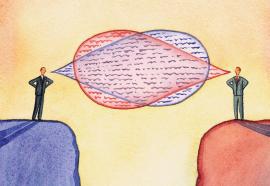ITC Holdings: Riding the Wires
When DTE Energy divested its transmission business back in 2003, the future of independent transmission companies (transcos) looked uncertain. A few transcos persevered, however, and this year for the first time the F40 survey includes one of them.







